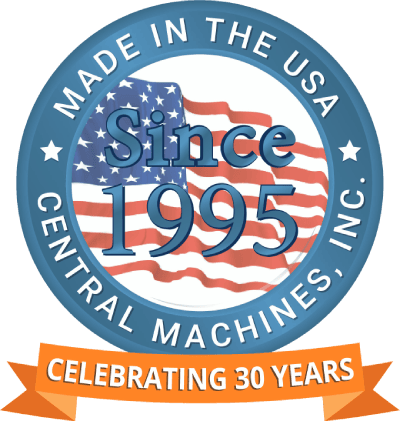Robotics and High Speed Motion Control in the Danger Zone of COVID-19
The effects of COVID-19 are being felt all around the world. People are staying home more than ever before, and businesses are operating at a fraction of their typical capacity – if they are even operating at all. In the age of social distancing, robotics and high speed motion control are the true superheroes. Below, you can learn more about some of the roles they’re playing and the effects they’re having on the world.
The Danger Zone
COVID-19 is a highly contagious and unpredictable condition that is caused by the novel coronavirus. While some people who contract it may never even have a single symptom, others become incredibly sick for weeks on end. Some may find themselves in increasingly-crowded ICUs, and still others may not survive it. In order to slow the spread, the CDC and WHO alike have put social distancing guidelines in place. Essentially, these guidelines reduce the number of people who can be gathered in any one place and recommend maintaining a distance of at least six feet.
Because of these guidelines, restaurants around the world are operating at half capacity (or less), and even manufacturing facilities are feeling the pressure associated with a reduced workforce. These indoor areas where people gather to perform a job are considered the “danger zone” since they drastically increase the transmission rate for the novel coronavirus.
How Robotics and High Speed Motion Control Help
Social distancing guidelines have been in place since spring of 2020, and in this time, companies in every industry imaginable have managed to find unique ways to stay afloat. Just as restaurants are offering curbside pickup or even delivery to keep people safe, manufacturing facilities have started incorporating robotics and high speed motion control in an effort to automate their assembly processes. Whereas an assembly line may have employed 14 people prior to the COVID-19 pandemic, that same assembly line may only accommodate seven people safely today. It’s the addition of automation machinery – namely robotics – that keeps production going.
Assembly automation is important for everyone in today’s day and age. Without it, manufacturing facilities would surely suffer, and some may not survive the economic downfall. What’s more, slower manufacturing can cause crises around the world. Imagine a pharmaceutical company unable to produce enough of a much-needed drug to meet demand, for example. Shortages of important products drive up costs, which makes the economic toll even worse. Manufacturers must find new and innovative ways to keep producing the things people use every day, and that’s why technology is the answer. Machines are not held to social distancing requirements, yet they can operate faster and more efficiently than people.
Robotics and high speed motion control have been around for decades, but the COVID-19 pandemic has shown the world the true importance of this technology. In an effort to keep people safe while continuing to produce enough supply to meet demand, manufacturers in numerous industries have begun to rely on assembly automation technologies of all kinds.

